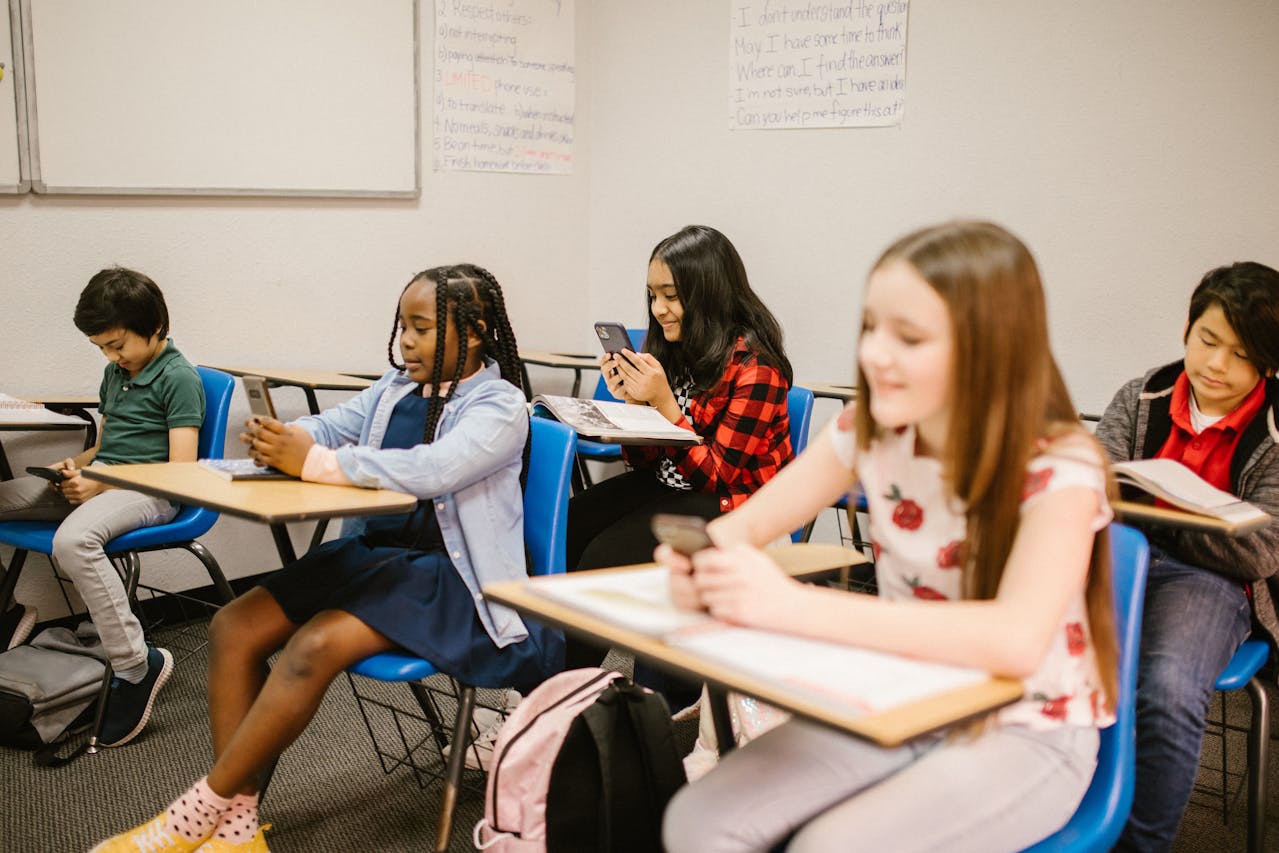By Sachin Maharaj, L’Université d’Ottawa/University of Ottawa, The Conversation
As students return to class across the country, they will be confronting a new reality as most Canadian provinces have introduced restrictions on cellphone use at school.
One of the primary reasons for these restrictions is increased recognition that phones are distracting students and impeding their ability to learn.
What prompted this wave of change during the past year was a crescendo of warnings about the negative impacts of phone and social media use. In 2023, the U.S. Surgeon General issued an advisory on the negative effects of social media use on youth mental health. A report by UNESCO called attention to the negative impact phones are having on student learning and called for greater restrictions on their use.
Regardless of the approach taken to restrict phones, it’s the implementation of the policy that’s going to determine whether any of this makes a difference.
Reasons for restrictions
The most recent results of the global Program for International Student Assessment (PISA) study showed that in Canada and many developed countries, scores in math, reading and science have steadily declined over the last decade due in large part to “technology used for leisure rather than instruction, such as mobile phones.”
In addition, the largest school districts in the country filed a lawsuit against some of the biggest tech companies due to the impact that social media use is having on student learning and mental health.
Studies that compare classrooms with different phone policies have found students learn more when phones are not permitted. Data from the OECD indicates that in schools around the world where cellphones are banned, students are significantly less likely to be distracted during lessons.
A study in Norway found schools that implemented phone bans experienced a subsequent increase in learning among girls and a decrease in incidents of bullying among all students. A similar study conducted in England found schools that implemented phone bans showed increases in student test scores driven by improved performance among the lowest-achieving students.
A study of two regions in Spain, where mobile phones were banned in 2015, found that within three years, incidents of bullying had decreased between 10 per cent to 18 per cent. Researchers compared learning growth in one of the regions that implemented the ban compared to the other regions that did not, and found that where the ban existed there were academic gains equivalent to between about a half to one year of learning in math and science.
Different approaches to restrictions
The specific approach taken to regulate phone use is going to differ across the country.
Provinces like Saskatchewan and Nova Scotia have announced bans during class time for all grades. By contrast, Ontario and Manitoba have announced a tiered approach, whereby students in lower grades are not allowed to access phones at all during the school day, but older students are permitted access in between classes.
And yet others like British Columbia and Alberta are giving school districts greater flexibility to craft their own policies, as long as they align with provincial guidelines.
Easy to announce policy, hard to change practices
While it’s easy for governments to make big policy announcements, it’s much more difficult to change what happens in the thousands of schools across the country.
It’s worth remembering that this is not our first attempt in Canada to ban phones in schools. In 2007, the Toronto District School Board (TDSB) instituted a new policy that banned phones from schools. Similar to many of the current policies, phones were to be powered off and out of view, unless explicitly authorized by the school principal.
While educators felt that the restrictions improved the academic and social climate in schools, research found that in the face of resistant students, the restrictions were inconsistently applied. Due to a lack of support among parents and students, and a corresponding lack of appetite for enforcement among teachers and administrators, the cellphone ban was dropped within four years.
In 2019, Ontario announced a ban on cellphones in schools that proved to be mostly symbolic. Just as it was with the TDSB in 2007, the reason the ban was ineffective was that it was inconsistently applied and not taken seriously. As the head of the Ontario Secondary School Teachers’ Federation stated earlier this year, “there often seems to be little support or enforcement from administrators.”
Must engage teachers, parents
In order to be effective this time around, school districts and schools need to proactively engage all education stakeholders. Teachers have legitimate concerns about enforcement, as some have faced hostile or violent reactions from students and parents.
It simply cannot be left up to individual teachers to enforce these restrictions on their own without significant support from school administrators. Work also needs to be done to bring parents on board since they’re the ones who are purchasing these devices and allowing their kids to come to school with them.
Parents need to be shown that phone use is harming their child’s ability to learn, as well as their social and emotional development.
Clearly communicate expectations
Once outreach has occurred, expectations need to be clearly communicated to students and parents, and restrictions need to be consistently applied by teachers and school administrators. Furthermore, schools need to ensure that there are robust extracurricular and recreational opportunities for students throughout the school day in order to provide a compelling real-life alternative to all of the socializing that was previously taking place online.
The announcement of school cellphone bans across the country has provided an important opportunity to turn the tide against the negative effects of what New York University psychologist Jonathan Haidt has termed the “phone-based childhood.”
But announcements are not enough. Creating environments that allow our children to thrive academically, socially and emotionally will require teachers, school administrators and parents to come together and do the hard work of changing school culture.![]()
Sachin Maharaj, Assistant Professor of Educational Leadership, Policy and Program Evaluation, Faculty of Education, L’Université d’Ottawa/University of Ottawa
This article is republished from The Conversation under a Creative Commons license. Read the original article.






















